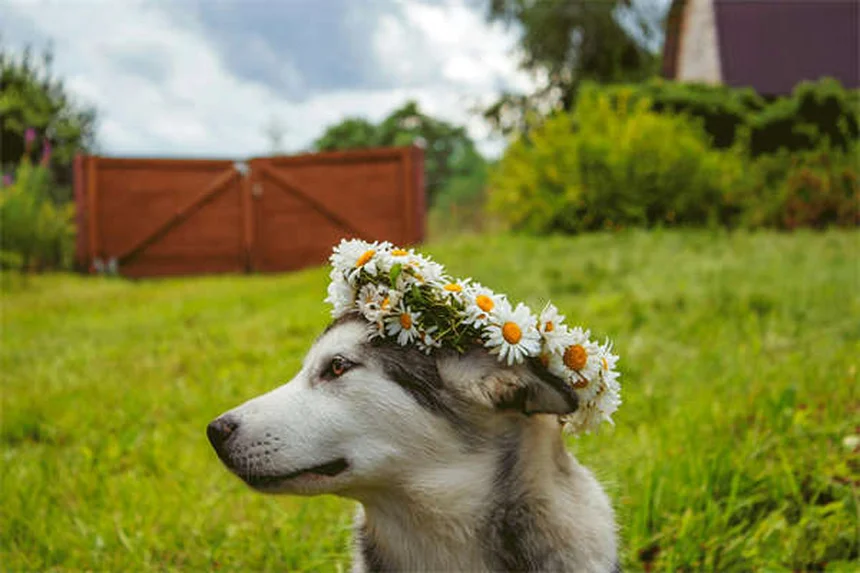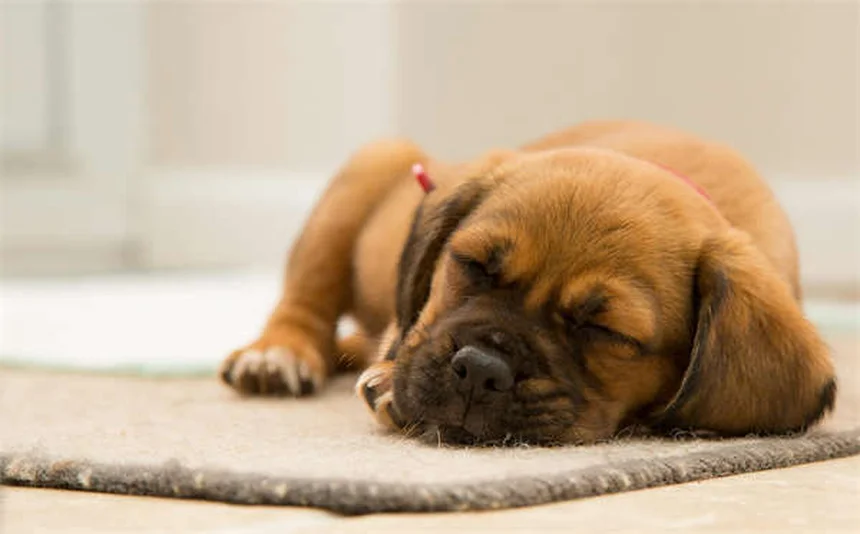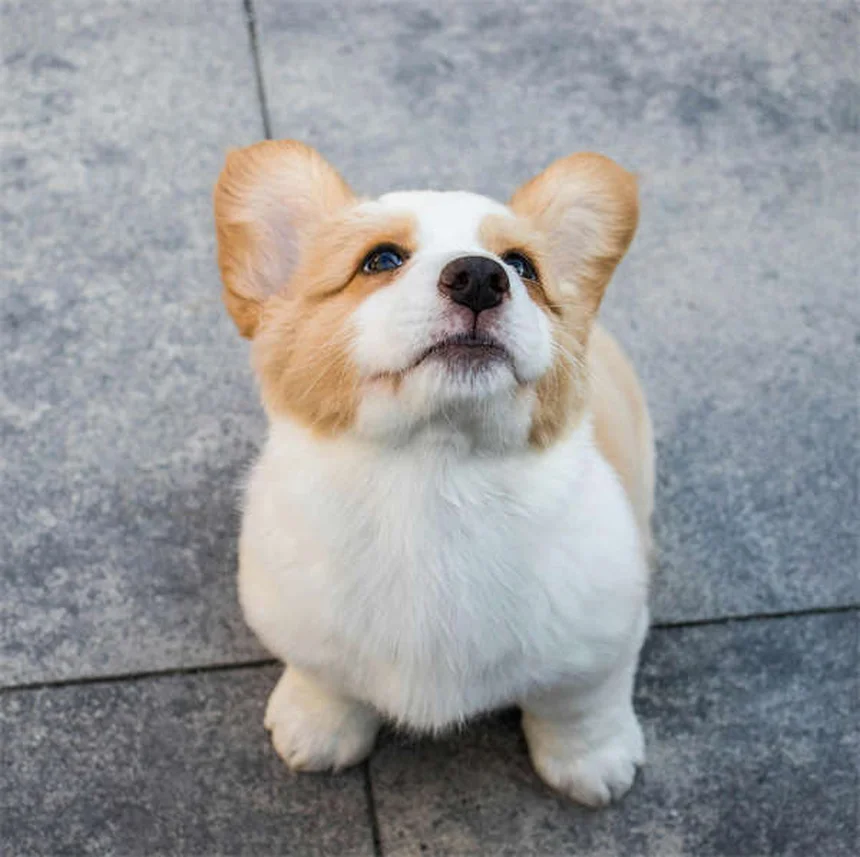How to Teach Your Dog to Come When Called: 5 Easy Steps
Teaching your dog to come when called is one of the most important skills you can master together. The answer is: yes, you can absolutely train a reliable recall! I've helped hundreds of dog owners with this exact challenge, and let me tell you - when done right, it's a game-changer for your relationship with your pup.Here's the deal: recall training isn't about dominance or strict obedience. It's about making coming to you the most exciting option your dog has. We'll use positive reinforcement, patience, and some clever psychology to create a recall your dog will love responding to. The best part? You probably already have everything you need to get started today!In this guide, I'll walk you through my proven step-by-step method that's worked for everything from stubborn terriers to easily-distracted hounds. By the end, you'll understand exactly how to transform come from an ignored command into your dog's favorite word!
E.g. :CBD for Cats: Safe Uses & Benefits Explained (2024 Guide)
- 1、Getting Started with Recall Training
- 2、Making Training Fun and Effective
- 3、Avoiding Common Mistakes
- 4、Advanced Recall Techniques
- 5、Troubleshooting Common Issues
- 6、Taking Recall Training to the Next Level
- 7、Recall in Special Situations
- 8、Making Recall a Lifestyle
- 9、Creative Recall Reinforcement
- 10、FAQs
Getting Started with Recall Training
Choosing the Perfect Recall Word
Let's talk about picking that magic word that'll make your dog come running! You want something unique - not their name (you say that way too much already) and not a word they've learned to ignore. How about "here" or "zoom"? Get creative!
Here's a funny story - my neighbor used "taxi" as his recall word because his dog loved car rides. Worked like a charm! The key is finding a word that stands out from your everyday chatter. Try saying potential words out loud - if they feel silly or special, you're on the right track.
Setting Up for Success
Grab these essentials before you begin:
- High-value treats (think chicken or cheese, not boring kibble)
- A willing human helper
- A quiet indoor space
- Your best happy voice
Now, here's the golden rule: make this the most exciting game your dog has ever played. Kneel down, say your special word with enthusiasm, then make some noise! Clap, whistle, kissy sounds - go wild. When your pup comes running, shower them with treats and praise like they just won the doggy Olympics.
Making Training Fun and Effective
 Photos provided by pixabay
Photos provided by pixabay
The Hide-and-Seek Game
Ready to level up? Let's play hide-and-seek! Start in different rooms of your house. Call your dog using your special word and those fun noises we practiced. Pro tip: The harder you make yourself to find, the more rewarding it becomes when they succeed.
Did you know dogs can smell our excitement? When you're genuinely having fun, your dog will too. I once hid in a closet during training, and my dog's proud face when she found me was priceless. Keep sessions short (5-10 minutes) and always end on a high note.
Outdoor Training Challenges
Moving outside? Here's what changes:
| Indoor Training | Outdoor Training |
|---|---|
| Minimal distractions | Lots of exciting smells/sights |
| Regular treats work | Need super tasty rewards |
| No leash needed | Training leash recommended |
Remember that squirrel that always taunts your dog? That's your new training partner! Start in a fenced area and use extra delicious treats. If your dog gets distracted, don't worry - just move closer and try again. Progress, not perfection!
Avoiding Common Mistakes
Safety First!
Ever wonder why trainers emphasize safety so much? Because one bad experience can undo weeks of progress. Never practice recall in an unfenced area until your dog is 100% reliable. That park with all the squirrels? Not the place to test your training.
I learned this the hard way when my dog spotted a rabbit during early training. Thank goodness for that 30-foot training leash! Now we only practice off-leash in secure areas until her recall is bulletproof.
 Photos provided by pixabay
Photos provided by pixabay
The Hide-and-Seek Game
Here's the truth - frustration is the enemy of good training. If you're getting annoyed, your dog knows it. Take a break, grab some treats, and remember - dogs aren't being stubborn, they're just being dogs!
My golden rule? End every session while you're both still having fun. Even if progress feels slow, celebrate the small wins. That moment when your dog chooses you over a squirrel? That's worth all the treats in the world.
Advanced Recall Techniques
Building Distraction Resistance
Want to make your dog's recall rock-solid? Gradually increase distractions in this order:
- Mild (tossing a toy nearby)
- Medium (having someone walk by)
- Severe (other dogs playing)
Here's a fun challenge - have family members stand in a circle and take turns calling your dog. Reward every success with enthusiasm! Before you know it, your dog will be happily running to you no matter what's happening around them.
Real-World Practice
Let's talk about making recall work in everyday situations. Try these scenarios:
- Calling your dog away from the dinner table
- Recalling during playdates
- Practice at different times of day
The secret? Make coming to you more rewarding than whatever they're doing. That might mean breaking out the really good treats or their favorite toy. Remember, we're competing with all the amazing smells and sights of the world!
Troubleshooting Common Issues
 Photos provided by pixabay
Photos provided by pixabay
The Hide-and-Seek Game
Uh-oh, your dog just pretended not to hear you. What now? First, don't repeat the command - this teaches them to ignore the first call. Instead, make yourself more interesting! Run away, use a happy voice, or show them a treat.
Here's a game-changer: never call your dog for something unpleasant. If bath time always follows recall, no wonder they hesitate! Mix it up - sometimes call just to give love and treats with no strings attached.
Building Long-Term Reliability
Want recall that lasts a lifetime? Keep practicing even after your dog masters it. I still reward my dog randomly for coming when called - it keeps her sharp and eager to respond.
Think of recall like a muscle - use it or lose it! Set up monthly "recall refresher" sessions where you practice in new environments. Your future self will thank you when your dog comes running in an emergency situation.
Taking Recall Training to the Next Level
The Power of Variable Rewards
You know what's more exciting than getting a treat every time? Not knowing when the jackpot's coming! Once your dog understands recall, switch to random rewards. Sometimes give a tiny treat, other times shower them with a handful - this keeps them guessing and eager to respond.
I call this the "slot machine effect" - just like people keep pulling that lever hoping for the big win, your dog will keep coming back hoping for that surprise mega-reward. Try mixing in different types of rewards too - maybe a quick game of tug one time, their favorite belly rub the next.
Recall Games for Multiple Dogs
Got more than one furry friend? Let's turn recall into a party! Have your dogs take turns responding to their individual recall words. Start with them on leashes about 10 feet apart, then gradually increase distance as they improve.
Here's a hilarious game my pack loves - I call it "musical recalls." I have my three dogs sit in different spots, then randomly call one while the others stay. When they get it right, we all celebrate like they just won American Idol! The key is making sure each dog gets equal attention and rewards.
| Single Dog Training | Multi-Dog Training |
|---|---|
| 100% focus on one dog | Requires more coordination |
| Simpler reward system | Need fair reward distribution |
| Easier to track progress | Great for social dogs |
Recall in Special Situations
Emergency Recall Training
Ever wonder what you'd do if your dog suddenly bolted toward danger? That's where emergency recall comes in. Choose a distinct, rarely-used word like "NOW!" or "SAFE!" and make it the most exciting command in your dog's vocabulary.
Here's how I trained my dog's emergency recall: I only use this command when I have an irresistible reward ready - usually a whole hot dog or their absolute favorite toy. We practice it randomly about once a month to keep it fresh. The few times I've needed it for real? Total lifesaver!
Recall During Playdates
Picture this: your dog's having the time of their life with their best furry friend, and you need them to come. Tough, right? Actually, this is the perfect opportunity to strengthen their recall!
Start by calling your dog when they're between play sessions, not in the middle of chase. Have your training partner gently hold the other dog while you call yours. Gradually work up to recalling during mild play. The secret? Make your recall more fun than their playmate!
Making Recall a Lifestyle
Incorporating Recall into Daily Routines
Why limit recall to training sessions? Sprinkle it throughout your day! Call your dog to you before meals, when it's walk time, or just for random cuddle breaks. This reinforces that coming when called leads to good things.
I've turned recall into a fun household habit - when I call "Puppy party!" all my dogs come running because they know it might mean treats, playtime, or just extra love. The more you integrate recall into normal life, the more automatic it becomes.
Recall During Distracted Moments
Let's be real - your dog isn't ignoring you, they're just REALLY into that squirrel. Instead of getting frustrated, use these moments as training opportunities (safely on leash, of course).
Here's my favorite technique: when your dog locks onto something, say their name happily and run the opposite direction. Most dogs can't resist chasing their human! Reward heavily when they follow. Soon they'll learn that breaking focus leads to something even better than whatever had their attention.
Creative Recall Reinforcement
Using Technology to Your Advantage
Who says training can't be high-tech? Try these modern recall boosters:
- Automatic treat dispensers you can trigger remotely
- Long-line training leashes with built-in treat pouches
- GPS collars for safe outdoor practice
I recently got a treat-dispensing camera that lets me call and reward my dog even when I'm not home. Now that's 21st century training! Just remember - technology should supplement your training, not replace the human connection.
The Recall Relay Game
Want to make recall training a family affair? Try the recall relay! Have family members stand in a line about 20 feet apart. Take turns calling your dog back and forth, rewarding at each station.
Not only does this reinforce recall, but it teaches your dog to respond to different voices. My kids love this game - we keep score and the person who gets the most enthusiastic response wins. Just be prepared for some serious tail-wagging!
Remember that time you called your dog at the park and they came sprinting while everyone watched in awe? That's the power of consistent, positive recall training. Keep at it, and soon your dog will be that well-behaved superstar other owners envy!
E.g. :Those who have trained great recall - how? : r/Dogtraining
FAQs
Q: What's the best word to use for recall training?
A: The perfect recall word should be unique and exciting for your dog. I recommend choosing a word you don't use in everyday conversation - something like "here," "touch," or even a fun word like "banana"! Avoid using your dog's name since they hear it all the time. The key is picking a word that immediately grabs their attention. In my experience, words with sharp consonant sounds (like "quick" or "zip") tend to work best because they're easier for dogs to distinguish from background noise.
Q: How long does it take to train a reliable recall?
A: Most dogs show improvement within 2-3 weeks of consistent training, but building a truly bombproof recall can take several months. Here's what I've found: puppies often learn faster (in about 4-6 weeks), while older dogs or rescue dogs might need more time (8-12 weeks). The secret sauce? Short, fun sessions every day beat long, boring ones. I recommend practicing for just 5-10 minutes at a time, 2-3 times daily. Remember, we're building a lifelong habit, not rushing to check a box!
Q: What treats work best for recall training?
A: You'll want to use high-value treats that your dog goes crazy for! In my training sessions, I've seen the best results with smelly, soft treats like small pieces of chicken, cheese, or hot dogs. The treat should be something your dog would choose over distractions. Pro tip: reserve these special treats just for recall practice to keep them exciting. As training progresses, you can gradually switch to lower-value treats, but always keep some "jackpot" rewards handy for those breakthrough moments!
Q: How do I practice recall with distractions?
A: Start small and gradually increase difficulty - this is the golden rule I teach all my clients. Begin indoors with no distractions, then slowly add challenges: first with toys on the ground, then with people moving around, then with other dogs in sight. When moving outdoors, always use a long training leash (15-30 feet) for safety. I recommend the "three D's" approach: increase Distance, Duration, and Distractions one at a time. If your dog struggles, take a step back in difficulty rather than pushing forward.
Q: What should I do if my dog ignores the recall command?
A: First, don't repeat the command - this actually teaches your dog to ignore you! Instead, make yourself more exciting: run away, use a happy voice, or show a treat. Here's a technique I've used successfully with hundreds of dogs: never call your dog for something unpleasant. If bath time or nail clipping always follows recall, mix in "fake" calls where you just give love and treats. This builds trust that coming to you always leads to good things. And remember - if they're ignoring you, the environment is probably too distracting for their current skill level.


